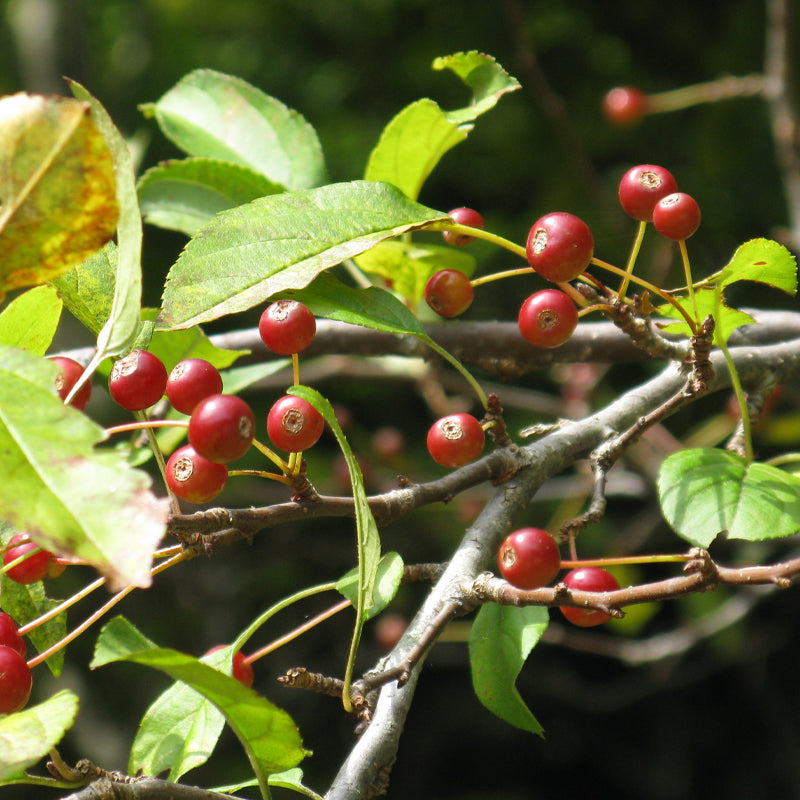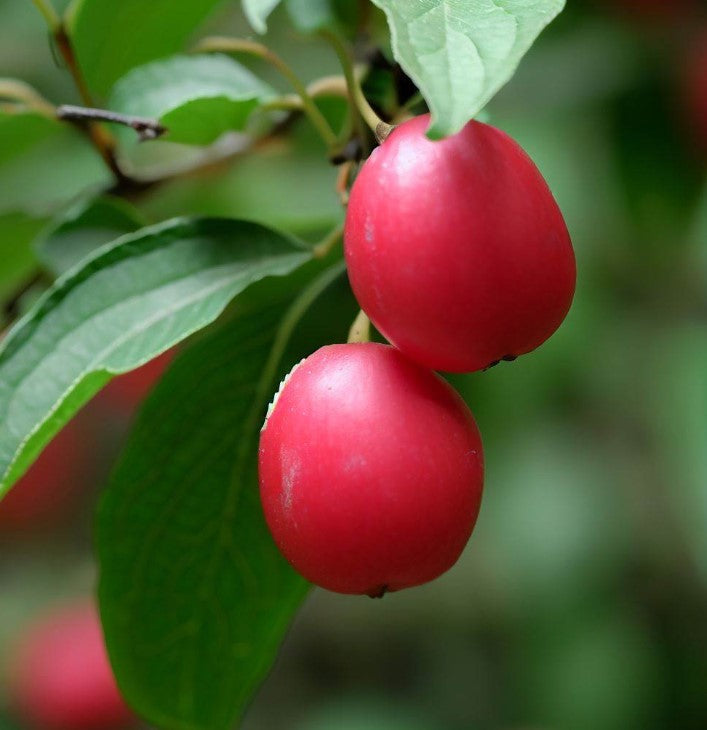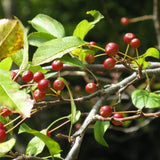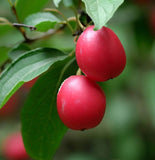Malus baccata var. himalaica (Himalayan Crabapple)
Malus baccata var. himalaica (Himalayan Crabapple) is a variety of crabapple tree belonging to the Malus baccata species. It is native to the Himalayan region of Asia, including parts of India, Nepal, and Tibet. Here is some information about the Himalayan crabapple:
Description: The Himalayan crabapple is a small to medium-sized deciduous tree that typically grows up to 30 feet (9 meters) in height. It has a rounded or spreading crown and often forms a dense thicket due to its multiple stems. The tree produces long, sharp thorns on its branches.
Flowers: In the spring, the Himalayan crabapple displays beautiful and fragrant white or pinkish-white flowers. The blossoms are usually small and clustered, creating an attractive floral display. These flowers serve as a valuable source of nectar for pollinators such as bees and butterflies.
Fruits: Following the flowering period, the tree produces small, rounded crabapples that are typically about 0.4 to 0.8 inches (1 to 2 centimeters) in diameter. The fruit color varies from yellowish-green to bright red. While the fruits are small, they can be abundant and are an important food source for birds and wildlife.
Leaves: The leaves of the Himalayan crabapple are alternate, simple, and ovate with serrated edges. They are typically dark green in color, providing an attractive backdrop to the flowers and fruit. In autumn, the leaves may turn shades of yellow, orange, or red before falling.
Landscape Use: The Himalayan crabapple is valued for its ornamental qualities and is often planted in gardens and parks for its attractive flowers, fruit, and fall color. It can also be used for hedging or as a component of wildlife gardens due to its ability to attract birds and other wildlife.
Growing Conditions: This variety of crabapple tree prefers full sun to partial shade and well-drained soil. It can tolerate a wide range of soil types, including acidic and alkaline soils. The Himalayan crabapple is generally hardy and can withstand cold temperatures.
Overall, Malus baccata var. himalaica, or the Himalayan crabapple, is a beautiful and ecologically valuable tree. Its attractive flowers, small crabapples, and ability to thrive in different growing conditions make it a popular choice for ornamental and conservation purposes.
Botanical Name : Malus baccata var. himalaica
Common Name : Himalayan Crabapple
Height : 20-30 ft
Spread : 15-20 ft
Germination Info : Seed requires 60-90 days cold moist stratification
Hardiness zone : 4-7
Average seed per ounce : Approx. 875










